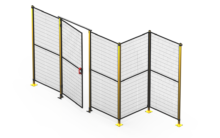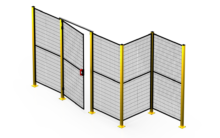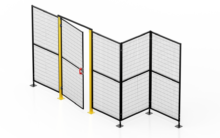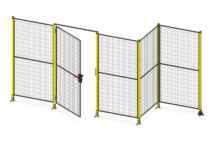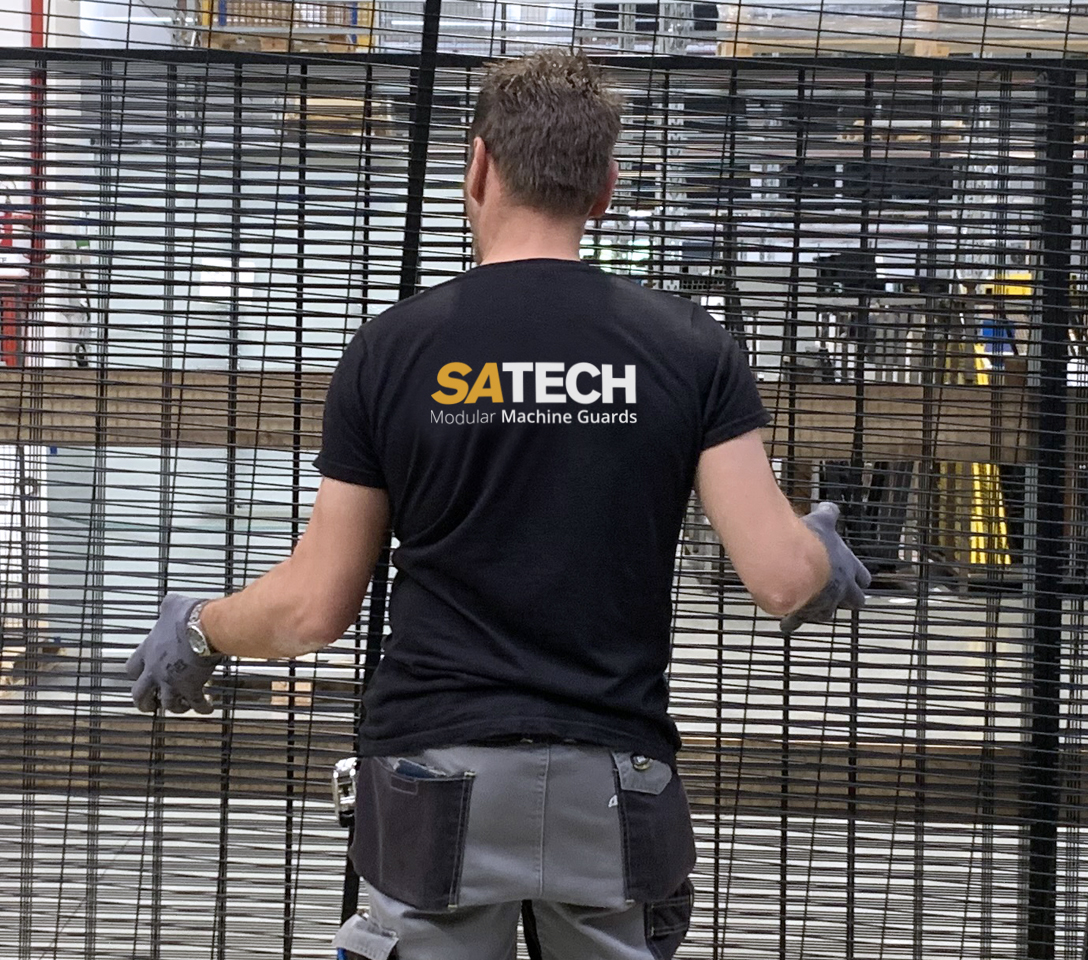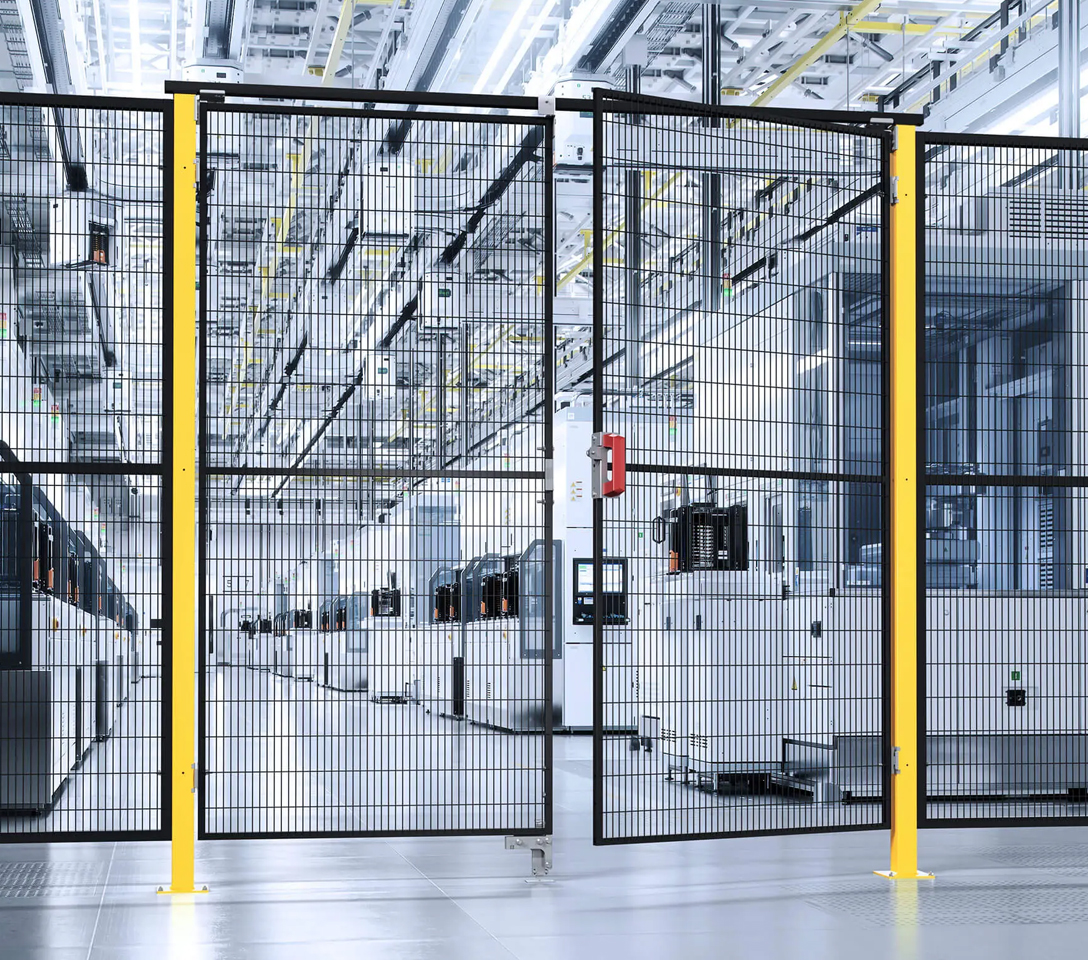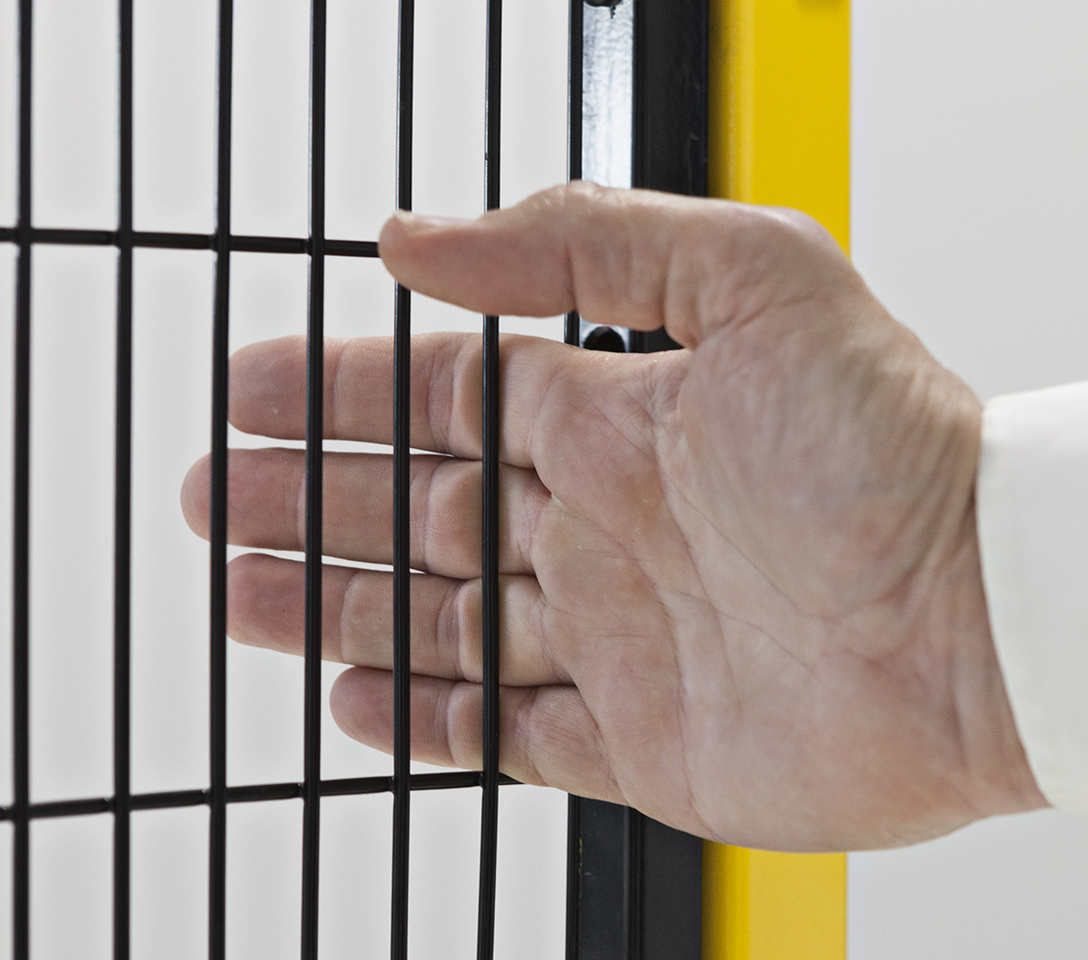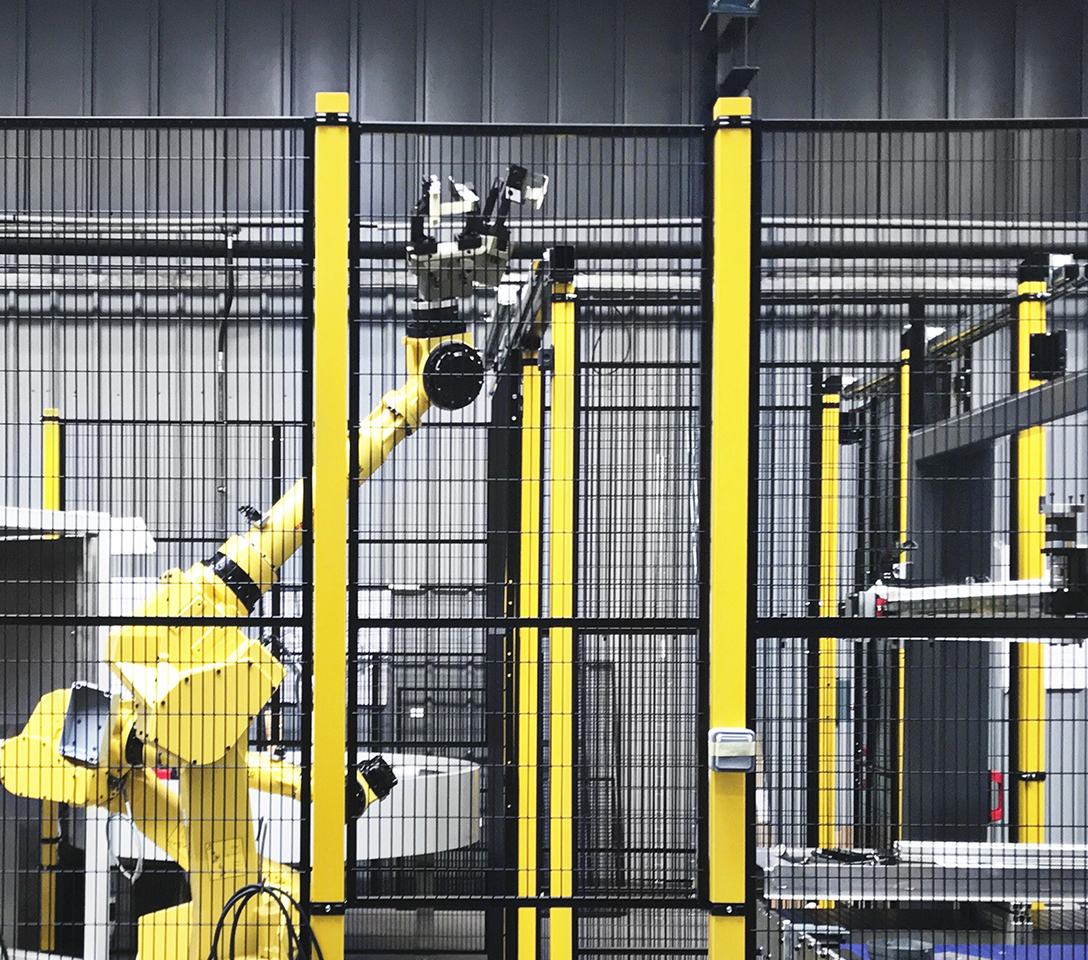
The Ultimate Guide to Machine Safety Fencing: Best Practices and Regulations
In the industrial manufacturing sector, Safety is a paramount concern that influences every aspect of operations. One of the most effective ways to safeguard employees around machinery is through industrial machine safety fencing.
This comprehensive guide will elucidate the regulations, best practices, and options available to make the most informed choice for your facility. If you’re still wondering about the importance of machine safety fencing, let’s dive into its non-negotiable need in any industrial setting.
The Non-Negotiable Need for Machine Safety Fencing
Machine safety fencing serves as the frontline defense against accidents involving industrial machinery. From automated machinery and robotic work cells to process control equipment, a well-designed safety fence can significantly reduce the risk of injuries. According to OSHA, improper machine guarding ranks high among the most commonly cited violations.
Key Elements of a Safety Fence
Panels: the Building Blocks
At the heart of any machine safety fencing system are its panels. Satech offers a range of panels to meet diverse needs. Our EasyGuard is a versatile solution, designed to cater to a broad range of industrial requirements. For environments where there’s a risk of impact from forklifts or other moving vehicles, our ImpactGuard System offers enhanced durability.
Types of Machine Safety Guards
While panels are the building blocks, it’s essential to understand the different types of machine safety guards available. These can range from fixed guards and movable guards, to interlocked guards, each offering unique advantages and suited for specific industrial applications. The careful selection of guard type, aligned with operational needs and safety standards, significantly contributes to a safe industrial environment.
Height and Safety Distances: a Regulatory Perspective
The machine guarding fence height is a critical factor for preventing injuries. Regulations such as EN ISO 13857 provide guidelines for the heights of protections and the distances at which they should be installed, based on the level of hazard. For specific insights into robot safety and related safety distances, for example, you can read our article on Robot Safety. Additionally, Satech continually adapts to industry needs. As of February 2023, we introduced new mesh panels that are not only more robust but also allow for installation just 120 mm away from the hazard, accommodating the increasing heights of machinery.
The Power of Modularity
One of the standout features of our Machine Guarding Fencing Systems is their modularity. This allows for perfect adaptability to various layouts and makes future modifications straightforward. Whether you’re looking to enclose a small area or need a more complex setup, the modular design ensures that your needs are met both now and in the future.
Installation Best Practices
Efficiency and speed are key when it comes to machine safety barriers installation. That’s why our FastGuard System is engineered for quick installation without compromising on safety.
FastGuard’s integrated captive fasteners enable to swiftly secure baseplates and easily insert panels from above.
Navigating Regulations
Compliance with fencing safety rules is not just a legal requirement but also a moral obligation. In the U.S., OSHA outlines specific guidelines for machine guarding. However, it’s important to note that there are various other standards that may apply depending on the specific type of machinery. For instance, industrial robots have their own set of guidelines under the ANSI/RIA 15.06 standard. For more details on this specific area, you can read our article on Robot Safety Compliance Requirements & Industrial Fences.
Logos of the Association for Advancing Automation (A3, formerly known as RIA). Understanding and adhering to their Standards is both a legal obligation and a moral responsibility in upholding a safe work environment.
When It Comes To Safety, There Are No Shortcuts.
Machine safety fencing is not just a requirement but a critical investment in the well-being of your employees and the efficiency of your operations. By understanding its key elements, best practices, and regulations, you can create a safer, more efficient work environment.
